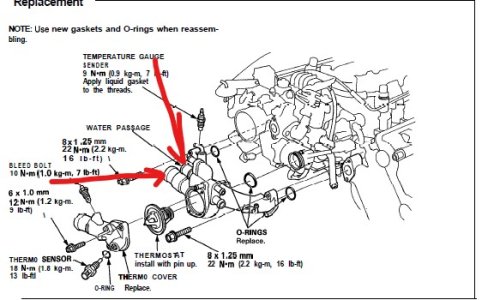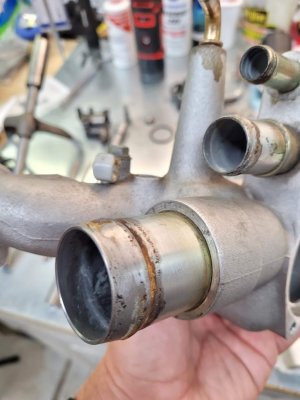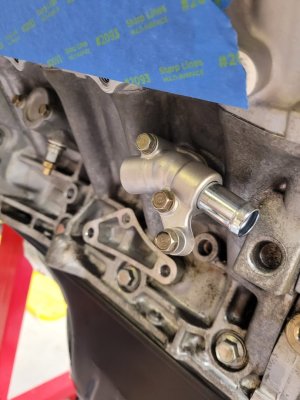About a month or so ago, somebody was looking for a list of the coolant hoses. I was going to post my list, could not find it on my laptop and then forgot about it. I recently discovered the list on one of my other laptops so I have attached it.
The list is for a 2000 Left Hand Drive car. Earlier car hose arrangements are slightly different. I think the change might be with the DBW throttle body. I also believe that the earlier cars had a bleed bolt arrangement that required a replacement washer and the later cars revised the bleed bolt to a no washer arrangement so my list definitely does not have those. The list includes the hoses and some supplementary parts which includes one of each of the spring clamps in case I snapped one. The list includes parts manual diagrams showing the location of each of the hoses.
The list is for a 2000 Left Hand Drive car. Earlier car hose arrangements are slightly different. I think the change might be with the DBW throttle body. I also believe that the earlier cars had a bleed bolt arrangement that required a replacement washer and the later cars revised the bleed bolt to a no washer arrangement so my list definitely does not have those. The list includes the hoses and some supplementary parts which includes one of each of the spring clamps in case I snapped one. The list includes parts manual diagrams showing the location of each of the hoses.
Attachments
Last edited:









